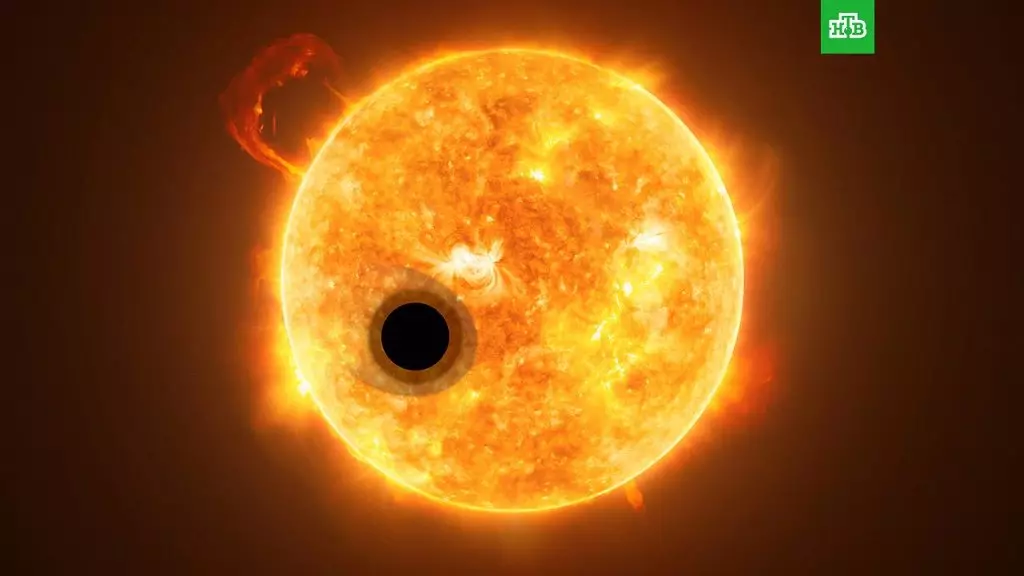
Astronomers from Canada, USA, Germany and Japan received new data on exoplanet WASP-107B. An article about the work of scientists is published in Astronomical Journal.
The planet rotates around the star Wasp-107 in the constellation of the Virgin, located in 200 light years from the ground. In size, it is approximately equal to the Jupiter, but at the same time 10 times easier.
WASP-107B is located very close to its star and is one of the hottest outdoor exoplanets. It also has a very low density. Therefore, astronomers call it made of "sweet wool".
During his work, scientists found that the mass of the WASP-107B core is much less than the values that were considered necessary to hold a huge gas shell, which surrounds the exoplanet.
According to the results of the observations, the mass of WASP-107B exceeds the earth for about 30 times. The authors of the work analyzed the probable internal structure of the planet and came to an amazing conclusion: at such a low density of the planet should have a solid core, no more than four times higher than the mass of the Earth. From the calculations it follows that more than 85% of the mass of WASP-107B falls on the gas shell. At the same time, for example, Neptune has no more than 15% of the mass.
As stated in the work of scientists, "WASP-107B challenges the theories of formation of planets."
It was previously that a solid core requires a solid core to form gas giants, at least 10 times more massive land.
In this regard, scientists wondered how the planet could form with so low density, especially considering its proximity to the star? The authors of the work offered such an explanation: the exoplanet was formed far from the star, where the gas in the protoplanetary disk was cold and due to this gas accretion (that is, the increment of the mass through gravitational gas attraction) was quick, and then moved to its current position - as a result of interaction with a disk or other planets in the system.
When observing the celestial body, scientists have opened another exoplanet - WASP-107C. Its mass is about a third of the mass of Jupiter. It is much farther from the star and rotates on an elongated elliptical orbit.
Based on: RIA Novosti.
